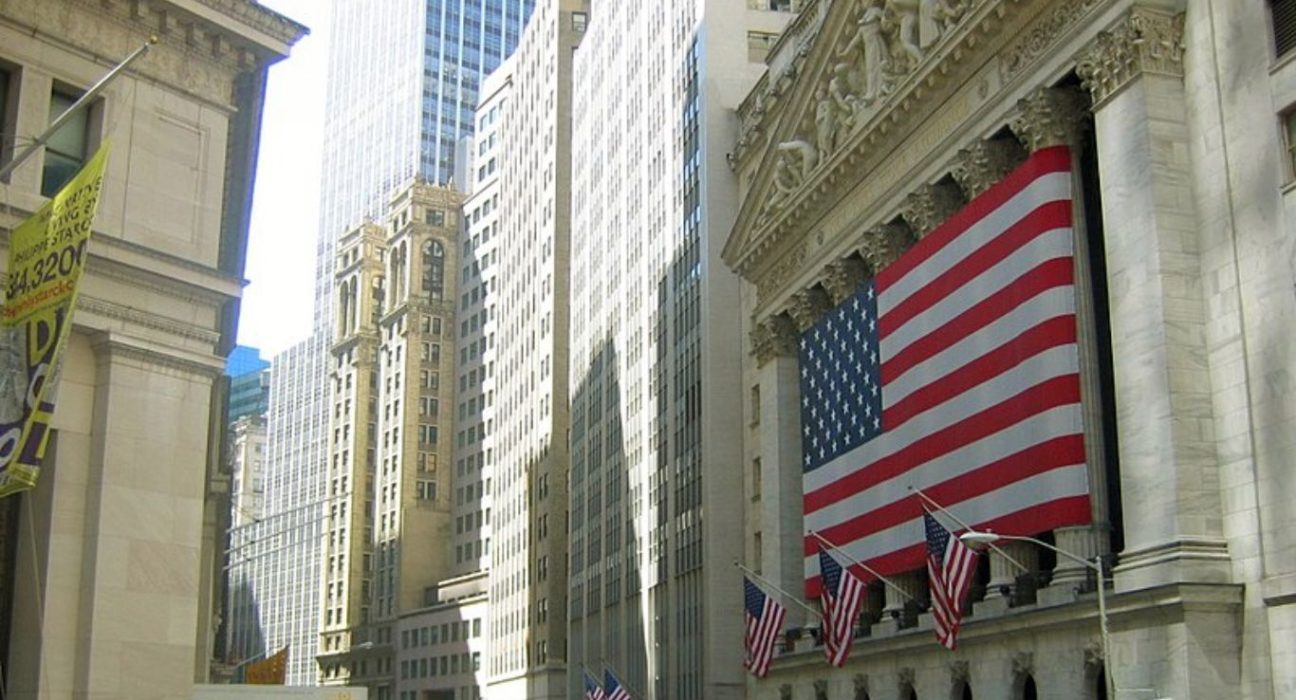Introduction
Wall Street experienced a downturn on Wednesday, as the S&P 500 and Nasdaq Composite indices recorded a second consecutive day of losses. The market sentiment was influenced by a recent credit rating downgrade of the U.S. government by Fitch Ratings. After enjoying five months of gains, investors chose to seize the opportunity to secure profits, contributing to the overall decline.
S&P 500 and Nasdaq Extend Losses
The S&P 500 and Nasdaq Composite, two major benchmarks of the U.S. stock market, found themselves in the red for the second successive trading day. The S&P 500, which had recently reached record highs, faced a downturn as investors reacted to the news of Fitch Ratings’ decision to lower the U.S. government’s credit rating. The Nasdaq Composite, known for its heavy weighting towards technology stocks, also followed suit, compounding the market’s overall losses.
Investors Opt for Profit-Taking
Amidst the backdrop of these market fluctuations, investors made a strategic move to cash in on their gains accumulated over the past five months. With the recent bull market driving stock prices upward, many saw the credit rating cut as a potential trigger for a correction. To safeguard their profits and navigate potential uncertainties, investors chose to adopt a cautious approach by selling off their holdings.
Fitch Ratings and U.S. Government Credit Rating
The market’s response was largely driven by the decision of Fitch Ratings, a prominent credit rating agency, to reduce the credit rating of the U.S. government. This rating cut can have widespread implications for borrowing costs and overall economic stability. While the U.S. maintains a strong credit rating by global standards, any downgrade can raise concerns about the government’s ability to manage its debt, impacting investor confidence.
Market Correction After Months of Gains
The recent downward trend can also be seen as a natural course correction following a substantial period of market gains. The S&P 500 and Nasdaq had both experienced remarkable growth over the past five months, driven by factors such as robust corporate earnings, accommodative monetary policies, and a gradual economic recovery. A correction after such a prolonged bullish phase is not uncommon and can provide a healthier foundation for future market growth.
Impact on Economic Outlook
The credit rating downgrade and subsequent market decline also raise questions about the broader economic outlook. The U.S. government’s credit rating is closely tied to the perception of its financial stability. While the immediate impact might be felt in the stock market, it could also influence borrowing costs for the government and businesses alike. Additionally, a slightly less favorable credit rating could potentially lead to increased scrutiny from investors and creditors.
Analyzing Investor Sentiment
The market’s response to the credit rating cut highlights the significance of investor sentiment in shaping market dynamics. In times of uncertainty or adverse events, investors often resort to profit-taking as a means to protect their portfolios. This can trigger a domino effect, leading to market-wide declines. However, the extent and duration of such declines depend on a myriad of factors, including the perceived severity of the event, prevailing economic conditions, and government policies.
Looking Ahead
As the markets continue to digest the implications of the credit rating downgrade and subsequent profit-taking, attention turns to the potential paths the market might take. Historically, market corrections have served as opportunities for long-term investors to enter the market at lower price points. Furthermore, the response of policymakers and central banks to stabilize the economy and financial markets will play a crucial role in determining the trajectory of the markets in the coming weeks.
Conclusion
Wall Street’s recent downturn, marked by the S&P 500 and Nasdaq Composite facing a second consecutive day of losses, underscores the intricate interplay between various factors influencing market behavior. The credit rating downgrade by Fitch Ratings, coupled with investors’ profit-taking activities, has contributed to the market’s decline. As market participants navigate this phase, careful analysis of economic indicators, policy responses, and investor sentiment will guide the trajectory of the financial markets.










